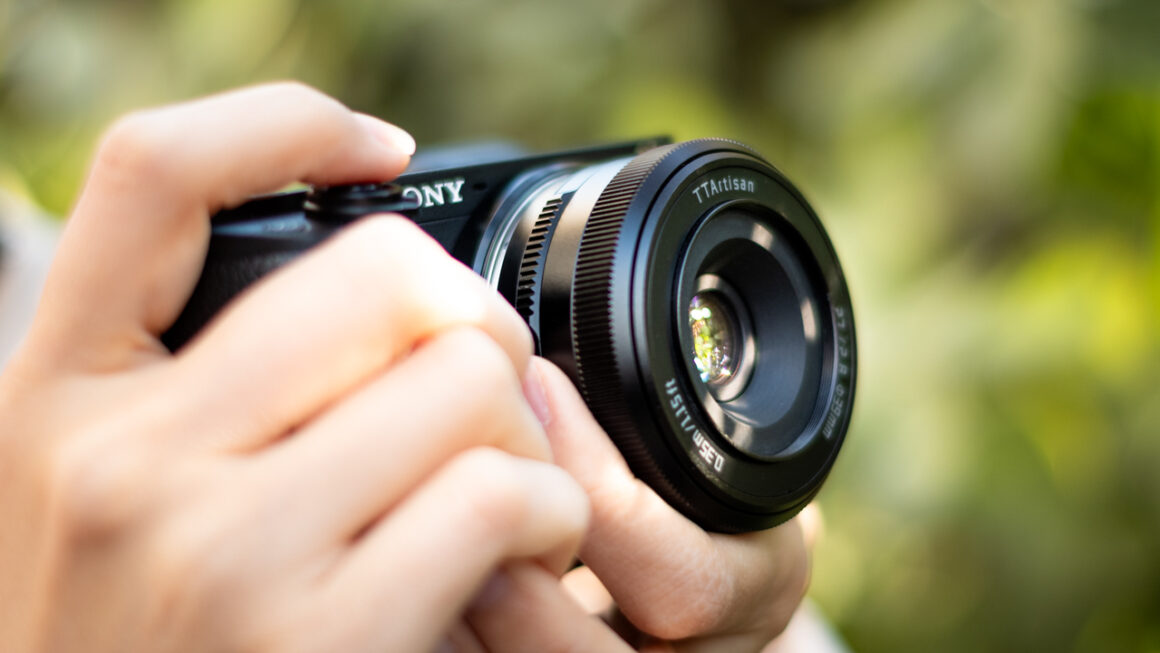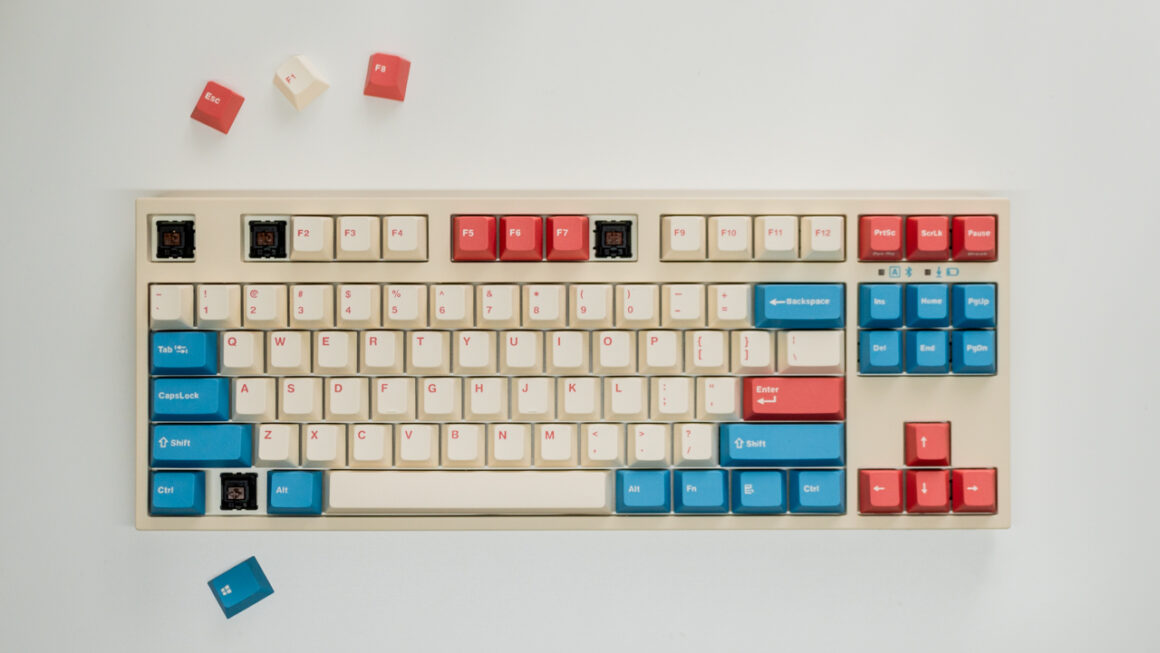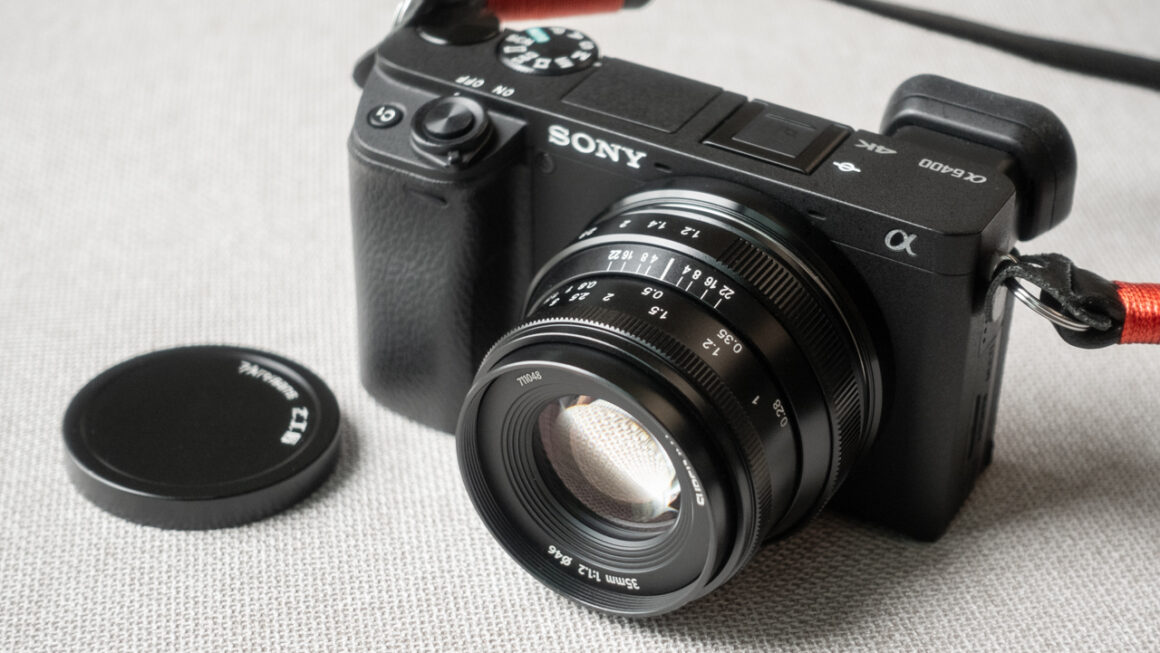The TTartisan 27mm F2.8 looks like the perfect everyday lens—small, light, affordable, and with a super useful focal length. But in real-world use, the heavy vignetting and flaring make it hard to love.
You don’t need a 40mm-equivalent pancake lens to shoot street photography—but plenty of people want one anyway. TTartisan leans into that desire with the 27mm F2.8, a lens that ticks all the right boxes: 40mm full-frame equivalent field of view, pancake design, aperture ring, and autofocus. At just $159, it seems like a dream for Sony APS-C users looking for a compact street photography lens—but is it really?

| THE GOOD | THE BAD |
| – Low price – Excellent sharpness – Firmware updates – Lens station included | – Terrible vignetting and flaring – Proper rear cap not included |
Lens tested with latest firmware (version 2.0.3, released on December 28th, 2023) at the point of writing.
Design
The TTartisan 27mm F2.8 features a metal mount, with a body that appears to be a mix of metal and plastic. Weighing just 88 grams, it feels almost too light. It has a thick focus ring at the front and a narrow aperture ring at the rear. The aperture ring clicks at every 1/3 stop, with markings at full stops from F2.8 to F16, plus an ‘A’ stop for controlling the aperture via the camera body. There are no additional controls; like switches or buttons. At 29mm in length, it is somewhat thick for a pancake lens.
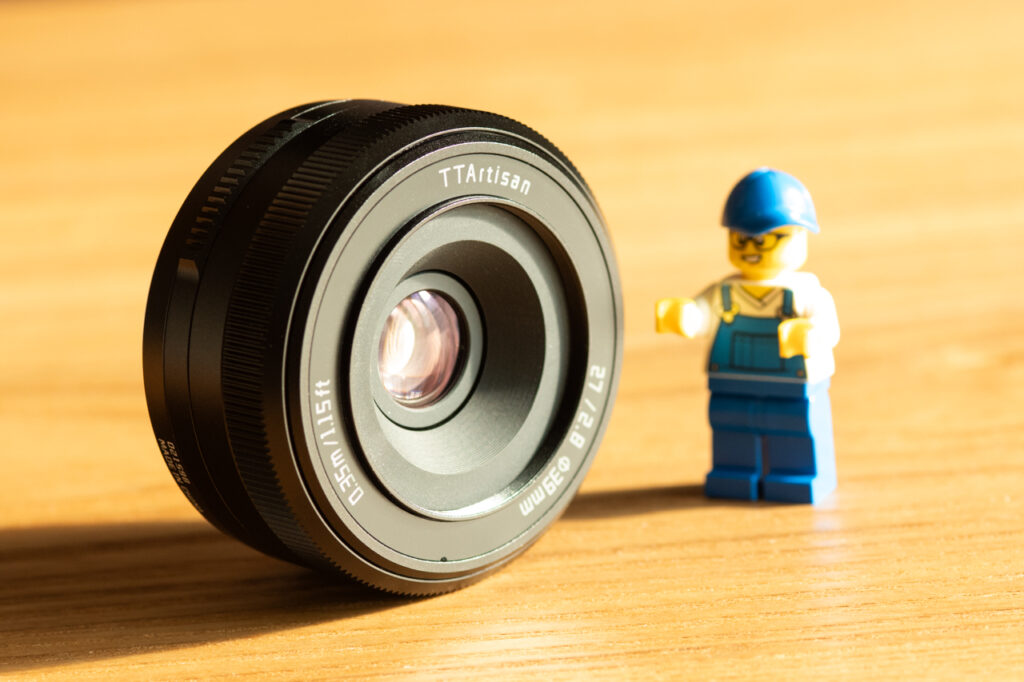
Usability
The focus ring is easy to grip but not smooth to turn; you can feel the internal gears turning with varying resistance. It’s not a big deal, since most people will be using this lens with autofocus mode anyway. That said, the autofocus with initial firmware was just terrible. It was very slow and very noisy. To fix this, TTartisan has pushed out several firmware updates on their website. The update process is fairly straightforward.
Firmware update process
1. Attach the lens to the included lens station.
2. Connect the lens station to a PC via USB.
3. Copy over the firmware file.
4. Safely disconnect the lens station within the OS.
5. Attach the lens to the camera and power it on.
Several updates later, the autofocus performance has been greatly improved. It’s still not perfect, possibly due to hardware limitations. One example is fast-moving subjects, where the autofocus motor struggles to keep up. However, for most use cases, including street photography, the autofocus is sufficient.
Critical issues fixed through firmware updates
– Extremely slow and noisy autofocus
– Severe battery drain, even when the camera is off
Minor issues still present
– Occasional false-confirm in AF-C mode
– Performance drop in AF-C and AF-S at F8 and above
– Noisy and slow aperture actuation in AF-S mode at F8 and above
While it is good that the lens provides an aperture ring, using it is a bit finicky. First, it is too narrow and second, it’s a bit slippery. For better grip, TTartisan has added two small tabs on the each side of the aperture ring. These tabs do make it easier, but still not comfortable enough to use effortlessly. On the bright side, this will make accidentally changing the aperture a lot less often. However, as time went on, I found myself using the ‘A’ stop more and more.
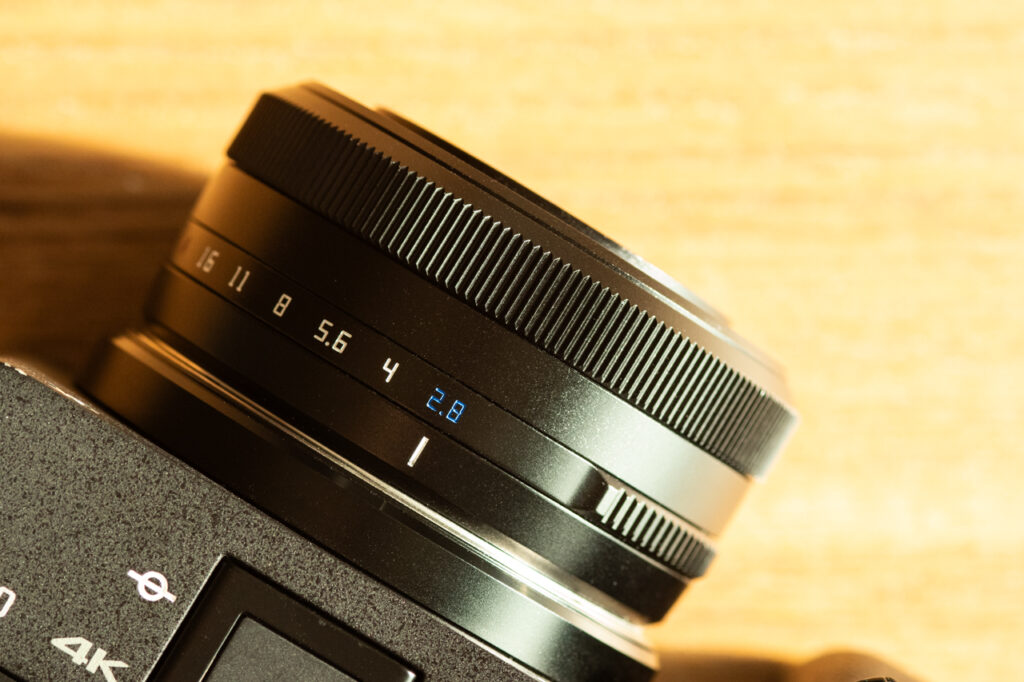

Contrast and Sharpness
Considering the price and size, I didn’t expect much sharpness from this lens, but I was wrong. First, center sharpness is very good, even wide open and at its minimum focus distance. It only gets better as you step away from the subject and/or close down the aperture. Corners, while not as good as center, are still very good. Apertures at F4 and higher, and distance to the subject about 1.5 meters and further will all have excellent sharpness. Compared to the Tamron 17-70mm F2.8 zoom lens at 27mm, the sharpness is almost identical at similar apertures and subject distances.
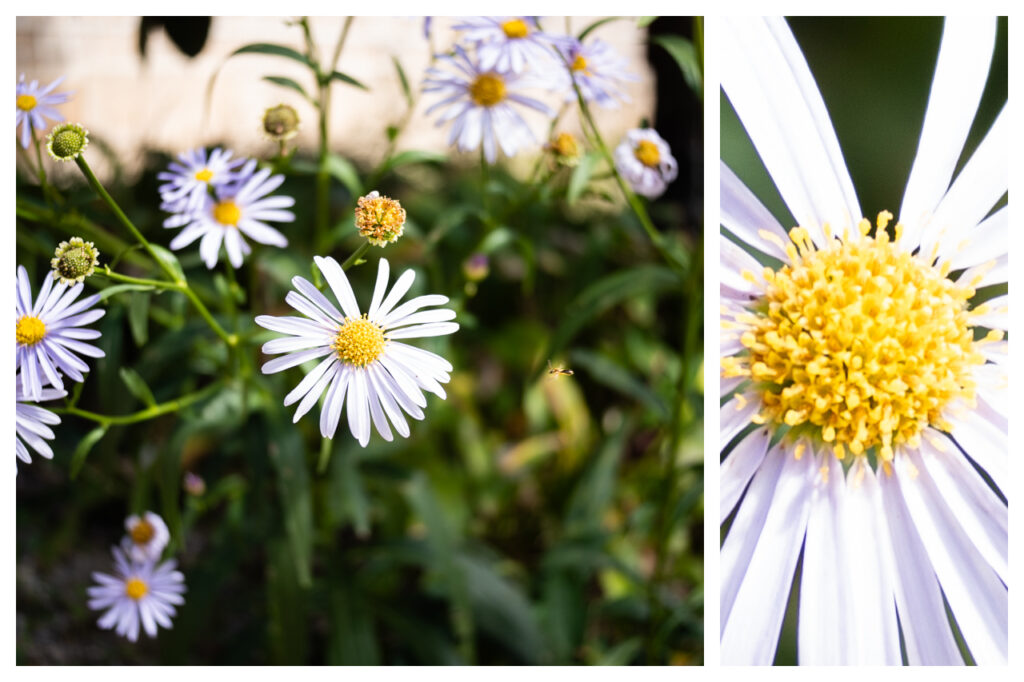
Contrast, on the other hand isn’t that great, even considering the price and size. I suspect this is mostly due to the terrible flaring and vignetting, which is further discussed below. On a sunny day, with the sun behind you, you’ll get decent contrast, but if you turn towards the sun or on overcast days, you’ll need to stop down to at least F8 to have some pop in your images.
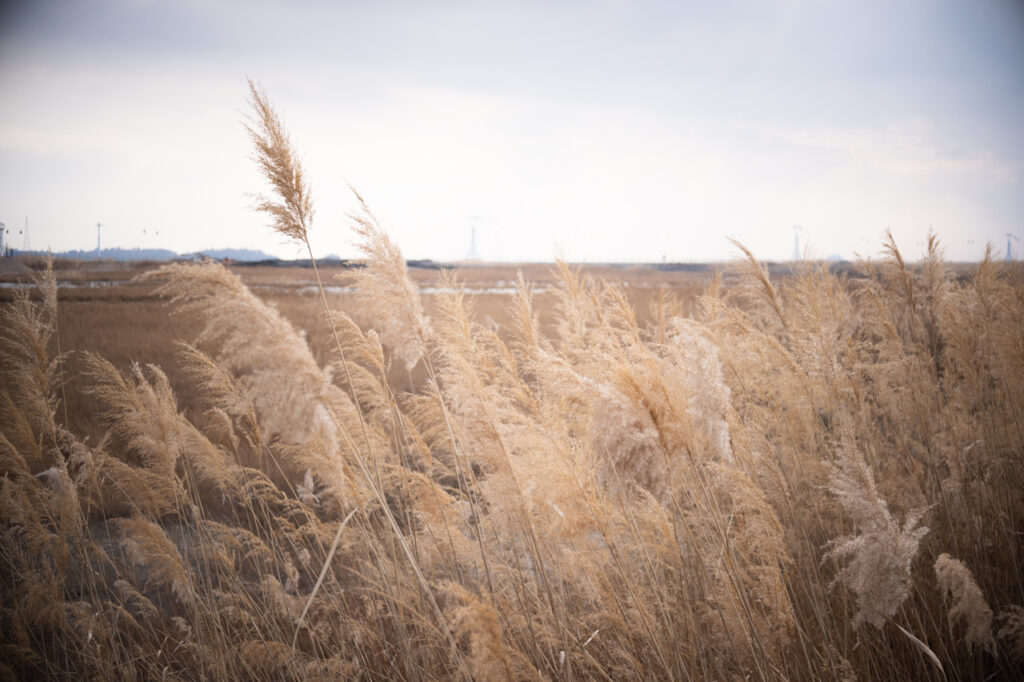
Chromatic Aberration, Geometric Distortion and Vignetting
Modern lenses, especially cheap and small ones, often rely on lens profiles to correct issues like chromatic aberration, geometric distortion and vignetting. TTartisan also provides a lens profile for the 27mm F2.8 on their website, but I was unable to load it into Lightroom, despite placing the files as instructed. Thus, my assessment in this section is based on using the lens without the profile.
Both types (longitudinal and lateral) of chromatic aberrations are well controlled. As with most lenses around this focal length, longitudinal chromatic aberration (bokeh fringing) is virtually nonexistent. Lateral chromatic aberration (purple fringing), while very subtle, is noticeable, but not severe. It’s far better than most lenses at this price point, and a simple two-step job in Lightroom should be able to completely fix it.
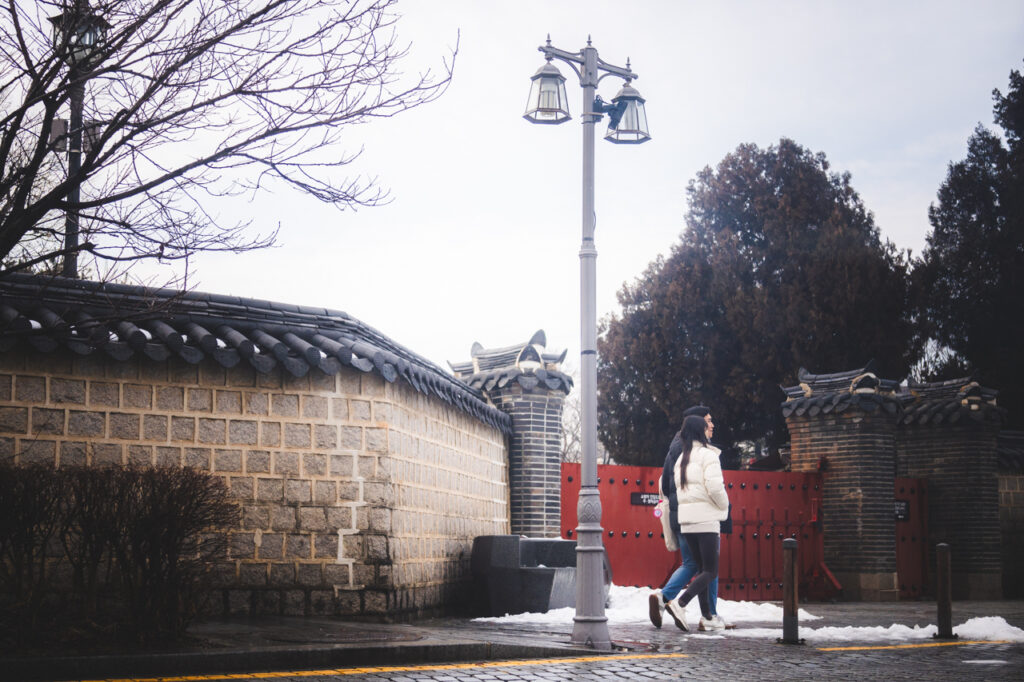
Geometric distortion is a different story, as this lens suffers quite badly from barrel distortion. Straight lines near the edges of the frame, like lamp posts or billboards, appear noticeably bowed, which almost feels like viewing on a CRT display. On the plus side, the distortion doesn’t take on a complex mustache-like shape, making it relatively simple to fix in post by slightly pushing the distortion slider (around +8) in Lightroom.
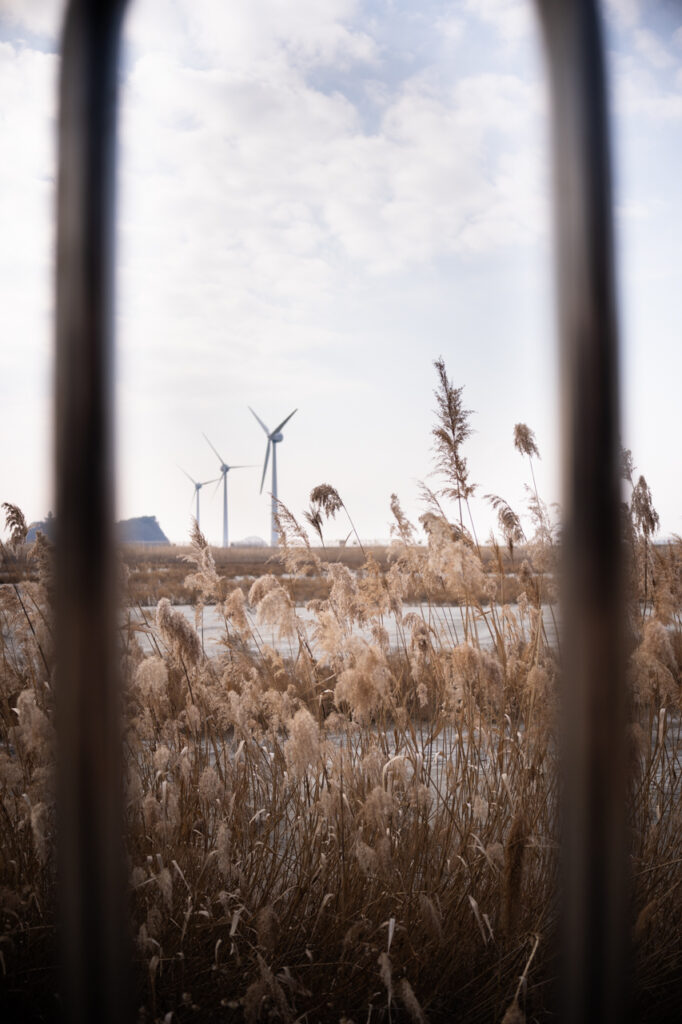
Vignetting on this lens is pretty severe. The only lens I’ve used that comes close is the one built into the LOMO LC-A. At F2.8, the darkening begins just off-center and quickly fades to near black in the corners. If you’re using multi-metering, it can cause the center of your image to appear overly bright and washed out. Stopping down to F5.6 brings the vignetting in line with what you’d expect from other vignetting-heavy lenses at wide open. To entirely get rid of the vignetting, you’ll need to stop down to F8 or beyond.
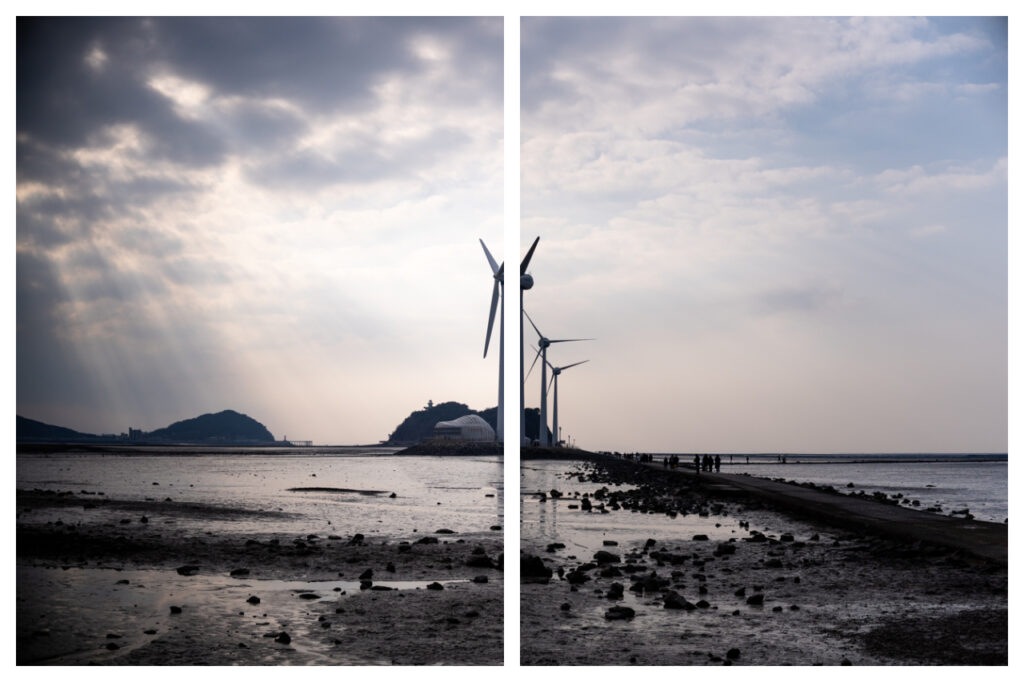
Flaring, Ghosting and Sunstar
Ghosting is rarely an issue on this lens. It shows up quite frequently, but it is small and subtle. Most of the time, it will be ignored due to a much noticeable problem, which is flaring.
Flaring on this lens reminds me of a project done by my friend who was driven by curiosity. He got an old Pentax lens that was plagued with fungus for almost nothing and tried to clean it by himself. Never having proper training, he used chemicals too strong for the delicate coatings. When the cleaning was done, that lens would produce flare whenever it had the chance.
TTartisan 27mm F2.8 also flares whenever you point it toward a strong light source. It’s most pronounced when the light source is slightly out of the frame. The flaring sometimes can totally wash out parts of the frame, with the contrast being reduced throughout the whole frame. A small hood is included with the lens, but it does almost nothing to reduce flaring. Closing down the aperture helps, but you’d have to go down to at least F8 to see an improvement. It’s best to just avoid pointing the lens toward bright light sources.
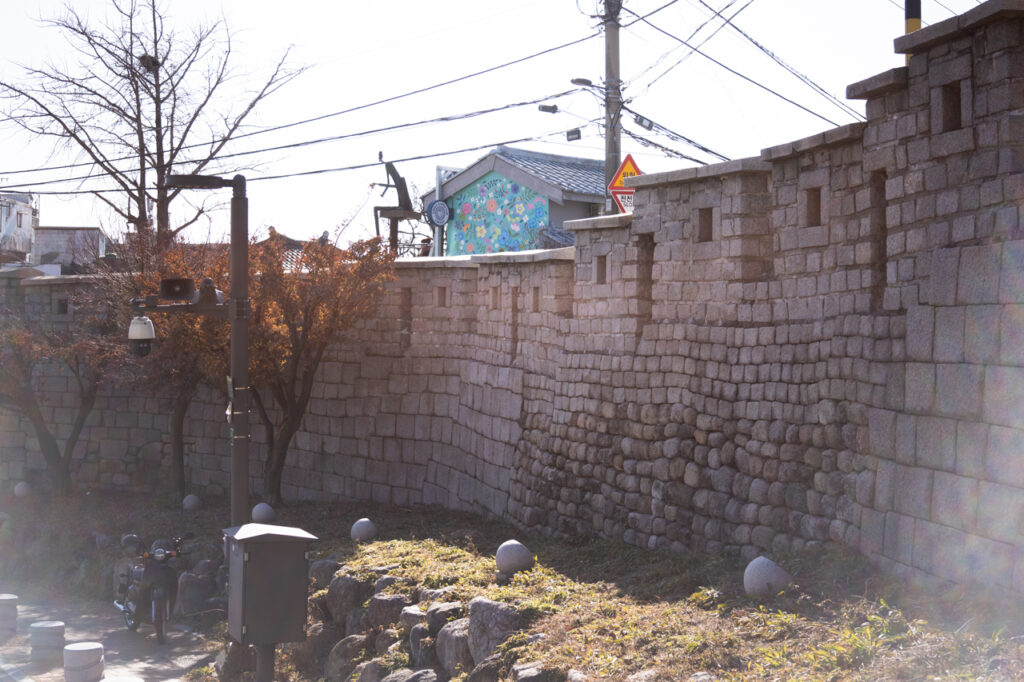
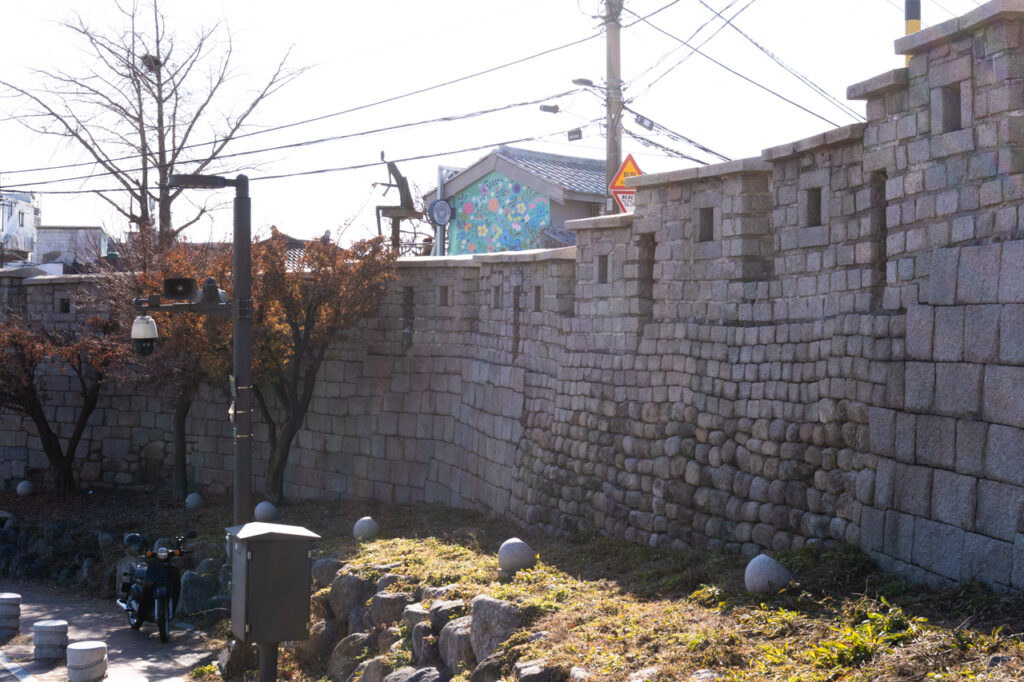
Sunstar is something you should forget. At apertures below F8, instead of a sunstar, multi-color sunrays shows up that makes the image look cheap. When the condition is right, stopping down to F11 and F16 can sometimes resolve this sunray issue, and produce a sunstar that lacks clarity and definition. It’s best to forget about sunstar when using this lens.
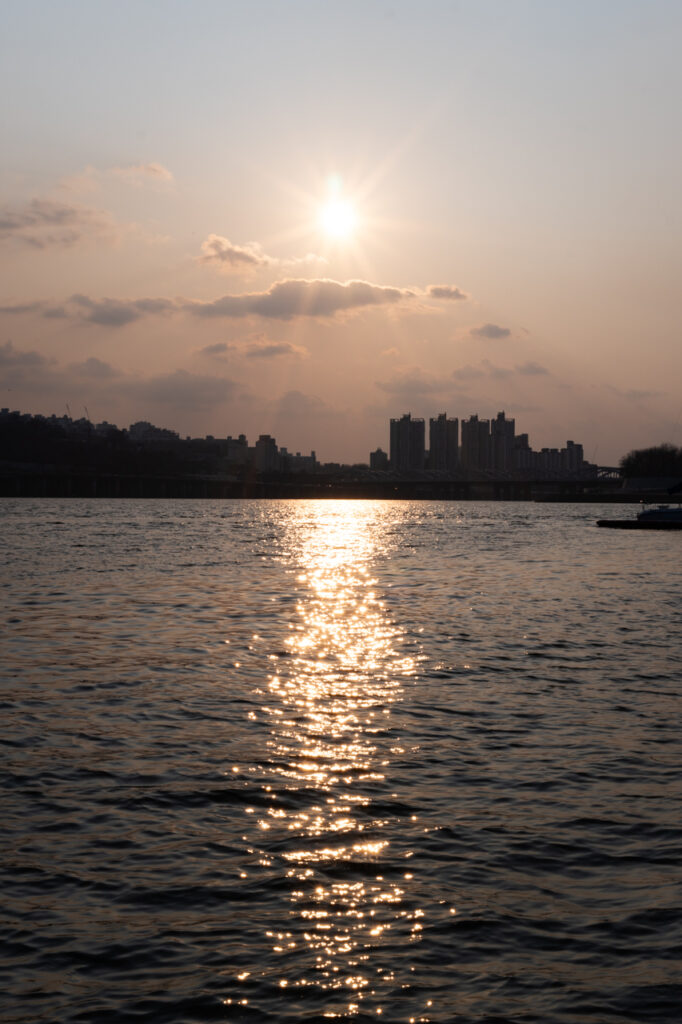

Bokeh
With a full-frame equivalent aperture of F4.2, this lens doesn’t provide much shallow depth of field. However, you can still achieve some bokeh when you are close to the subject and the background is far apart. In the center of the frame, bokeh balls are round, but as you move toward the edges, they take on a cat’s eye shape, creating a tornado-like vortex effect. The bokeh balls don’t have onion rings, but the edges are a bit harsh. This is not a portrait lens by any means, but for general use and occasional portraits, the bokeh is okay.
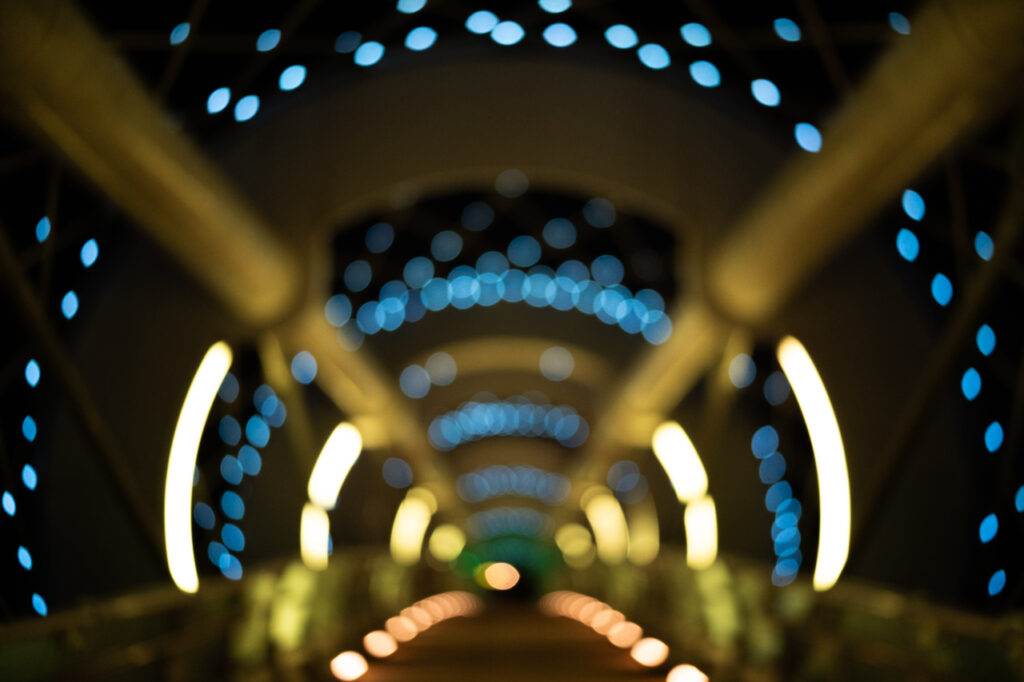

Overall
I was hoping this lens to be the Sony APS-C user’s “one lens to rule them all” pancake lens, like the Panasonic 20mm F1.7 for Micro Four Thirds, or the 40~45mm pancake lenses on full frame SLRs. It’s a shame, because this lens has great sharpness, but the low contrast with heavy vignetting and flaring makes the overall image quality unimpressive. I’ve found that my regular natural look approach of post processing doesn’t work well with this lens. So instead, I tried to take advantage of the character of this lens. Since the vignetting reminded me of LOMO LC-A, I tried to take and edit photos like Lomography.
Below is a set of images from a photowalk in Hong Kong. Basic retouching was done with Lightroom Classic as usual. After exporting the files, I used the iPhone app Lomograph to add Lomography effects. I like the results, and I think the app and the lens work along very well. I may do a separate review of this app later.
Go to sample Hong Kong photo walk gallery
Alternatives
7artisans/Neewer 27mm F2.8 Autofocus Lenses
Same focal length, same F-stop, has autofocus, and priced almost equally. The 7artisans/Neewer 27mm F2.8 is the lens you should consider before ordering the TTartisan 27mm F2.8. It is about 10mm thicker, so while not a pancake lens, it is still quite compact. I haven’t tried this lens, but overall performance seems to be similar to the TTartisan.
Viltrox 27mm F1.2 Pro
I haven’t tried this lens, but it has a lot of favorable reviews. This lens is more than two stops faster, over six times heavier, and costs enough to buy four TTartisan 27mm F2.8 lenses. I’d recommend trying the TTartisan first to see if 27mm focal length is right for you, before making such significant investment.
Samyang 24mm F2.8
This is a full-frame lens, that is only 8mm thicker than the TTartisan. It works quite well on an APS-C body, and it actually was my everyday lens on the A6400 before I bought the TTartisan 27mm F2.8. Optically, it’s better than TTartisan, but the all-plastic build may make this lens feel cheaper, despite being double the price. The autofocus is better, but for most use cases, you won’t notice a difference. Unless you also have a full-frame camera like I do, TTartisan is the better choice.
Sigma 30mm F1.4
Its focal length is 3mm longer, and its aperture is two stops faster. While it’s not a pancake lens and costs twice as much, it is undoubtedly one of the best lenses for APS-C cameras. I always recommend this lens over any other options.

